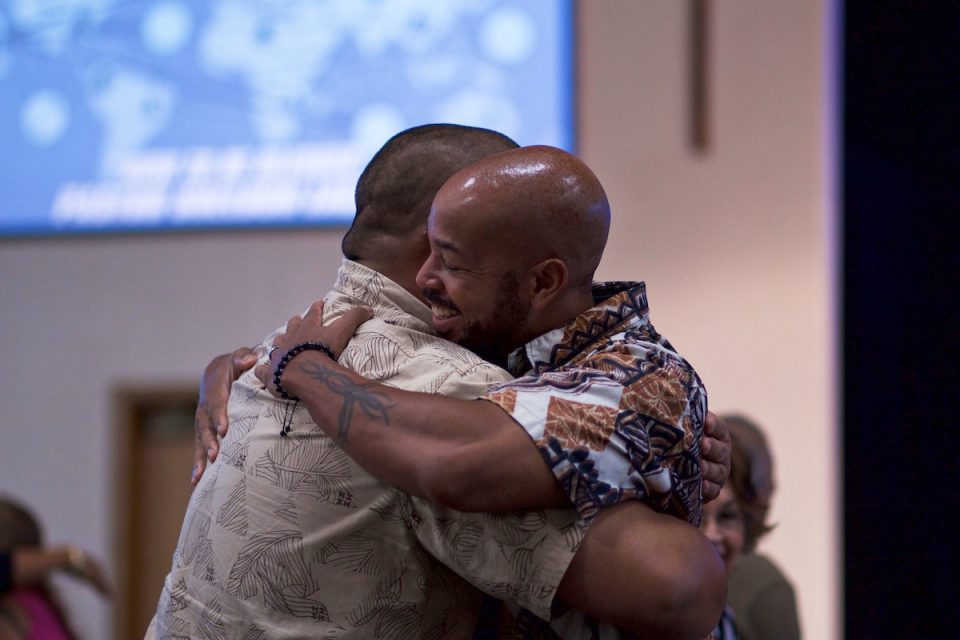Even professional athletes have rest days. That’s because they understand the importance of recovery for performance. By allowing their bodies time to repair, they become stronger, less prone to injury, and more resilient as a result. And this idea isn’t exclusive to sport – or even physical activity. In this week’s SNAP, I want to talk about why recovery can enhance your high performance culture with what I call slivers of recovery.
What are Slivers of Recovery?
In my office, I’m lucky to have not one, but two windows. And, quite often, when I’m in between calls or just every now and again, I just look out of one of those windows – just for a minute or so. This is a perfect example of a sliver of recovery: a small opportunity for rest that can be taken multiple times throughout the day. It could be looking out of the window and having a bit of a daydream. It could be doing some breathwork or movement snacking. It could even be chatting to a colleague who makes you laugh – I’ve been talking a lot recently about the importance of social relationships for wellbeing. What does it do? It gives the mind – the nervous system – a little bit of a break.
The Importance of Rest for Performance
But what does this have to do with high performance culture?
Recently, I had a conversation with a prospect who asked how they might reconcile this idea with their performance culture. Whether they’re candid about it or not, just about every company has one. So, my answer was simply that, in a nutshell, slivers of recovery are an integral part of it. Because nobody – not even professional athletes – can perform at the very highest level year-round continuously. It may work short-term – and even that’s not a given for everyone – but it definitely won’t work in the medium-to-long-term.
Cadence
It’s essential to have cadence: instead of going full tilt all the time, we look ahead to the next big event, and have some daily non-negotiables in place to keep us well and in a state of readiness. That’s how slivers of recovery can enhance your high performance culture. These two things are not mutually exclusive; they’re part and parcel of helping people to manage their energy. In turn, they continue to deliver for your business whilst keeping chronic stress and burnout at bay. It really is a win-win for both of you.
Interested in sharing this message with your team at our next event?
Even at the most elite level, an athlete will not expect to be operating at peak performance all year round. They will look ahead to the schedule, get ready, perform to the best of their ability and then rest. We call this the Cadence Approach® and through the Cadence Approach keynote Leanne will show your teams how to minimise risk of burnout, manage their energy and have more fun by following a simple 4-step process.
For more wellbeing content, follow @leannespencerkeynote on Insta and LinkedIn.
Take our Cadence Wellbeing Scorecard and receive a free, personalised report with actionable insights you can take into your daily life to optimise your health and wellbeing.
Interested in having Leanne speak to your audience? Book a free, no-obligation discovery call or enquire here: https://leannespencer.co.uk/contact/


